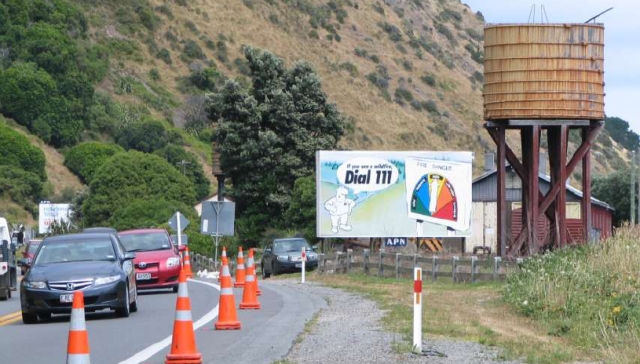
How much do the familiar fire danger rating signs and other communication methods actually change people’s behaviour?
Scientists from Scion’s Rural Fire Research Group have looked at how fire danger communication can influence behaviour to reduce wildfires. This work was supported by funding from Fire and Emergency New Zealand (formerly the New Zealand Fire Service Commission).
The researchers brought together interview responses from fire managers and researchers in New Zealand and overseas, as well as a findings from a range of behaviour change literature, with the aim of providing fire managers and communities with better guidance for communicating fire danger and wildfire risk.
Current communication is about distributing information on signs and in the print media. But there is evidence that information alone does not change behaviour. Initiatives that go beyond risk awareness, using emotions, habits and social norms are effective ways to change behaviour. People will also only change if they feel their actions will make a real difference. Therefore it is important to be clear on what the desired outcome of a change is, show that it is achievable, and demonstrate its impact.
Read more about the work in:
• Rural Fire Research Update 14,
• Fire Technology Transfer Note No. 44, and
• the full FENZ Research Report No. 156
